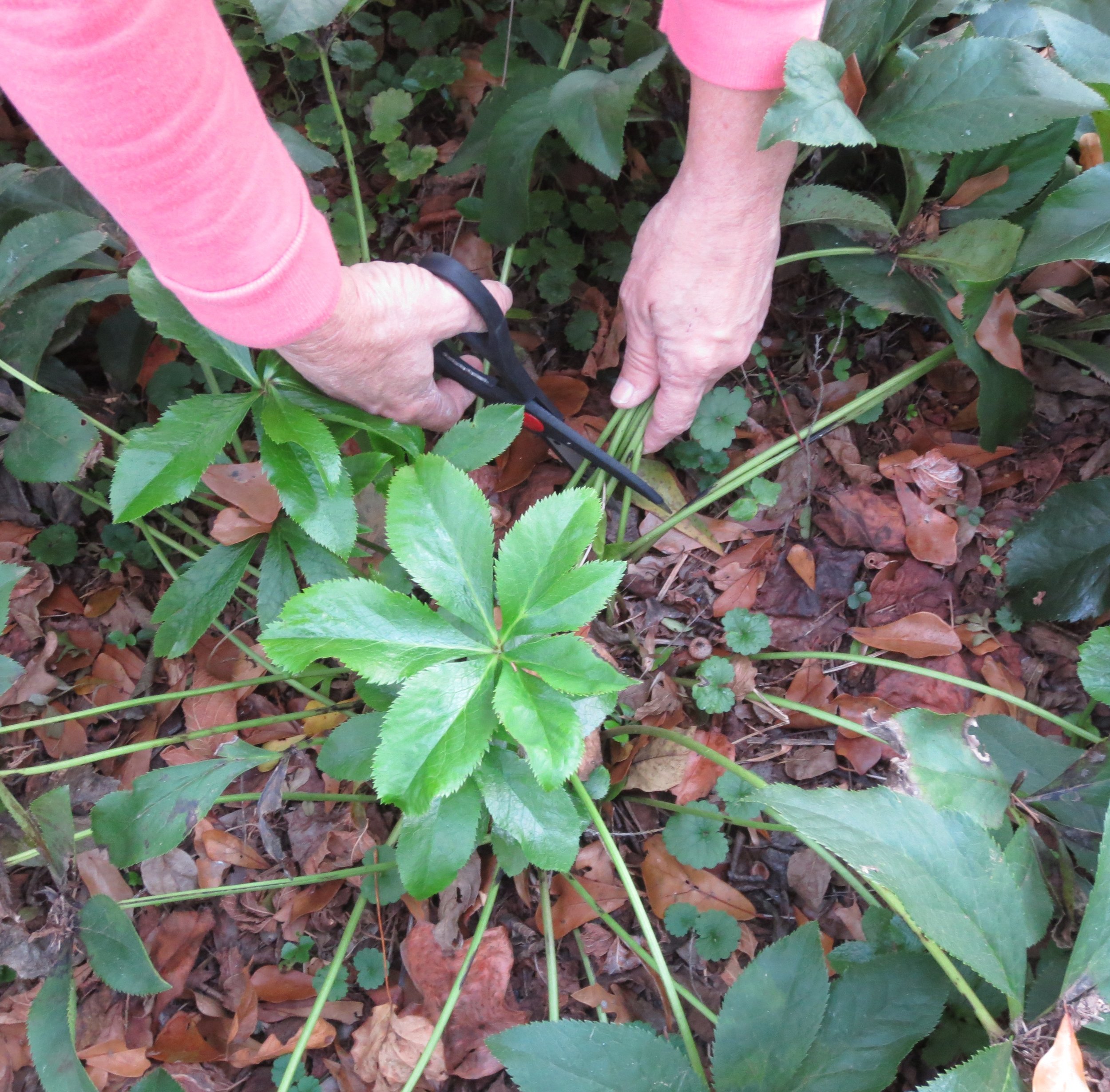There are three large black walnut trees located in one of our fields. When I first moved to the farm in 1994, I wondered why my husband’s grandfather allowed them to remain in the middle of an area otherwise occupied by crops – strawberries and cotton, mostly. After my first full summer of gardening, I understood. On a blistering hot day, it is usually ten degrees cooler under their shade. They make a nice cool oasis.
Black walnuts are the last trees to leaf out in the spring and the first to drop leaves in the fall. So, for half the year they are stalwart skeletons. And they are much beloved by our community of buzzards. We host two varieties of buzzards, correctly called vultures. The turkey buzzard has a hairless red head, while the smaller black buzzard has a gray head. The two species are frequently seen together.
Soon after sunrise, a group perches in my walnut trees. They stretch their wings, warming themselves in the sun. When present in large numbers, it gives one an Alfred Hitchcock shiver.
Like other birds of prey, buzzards are protected by law. You cannot harm them. They provide a public service by “processing” carrion that might otherwise provide a breeding ground for bacteria that are harmful to humans. Turkey buzzards have a great sense of smell and can easily locate roadkill. Black buzzards don’t share this acute sense, and tend to follow their red-headed cousins. Interestingly, vultures can help natural gas companies pinpoint gas-line leaks because they are attracted to the smell of the chemical that is added to make leaks more evident to humans.
Buzzards do not pose a danger to full size adults, but they may attack smaller animals. (Gag alert! Swallow your coffee before reading further!) Their only means of defense is to regurgitate. One of our dear, departed dogs was infuriated when buzzards roosted in her trees. She would circle the trunks, jump, bark, howl, and say nasty things in her canine tongue. Vultures lack a voice box, but would respond to her insults with harsh grunts and spooky-sounding hisses. On occasion she would irritate a bird enough to be treated to a spray of buzzard barf. (Keep in mind, they eat dead stuff.) This would always result in an immediate deodorizing bath for the poor dog. Their vomit is so acidic, it would cause harm if left untreated. It is this stomach acid that kills bacteria and leaves them unscathed by salmonella and other such pathogens.
These large birds produce large, odiferous bird droppings, so it is wise to avoid the area under their resting spots.
A crowd of crows is termed a murder and a flock of turkeys are called a rafter but what is the correct term for a group of buzzards? Answer: When they are sitting, they are called a committee. When in flight, they are called a kettle, and when they are feeding on a carcass as a group, they are called a wake.
A committee of buzzards














